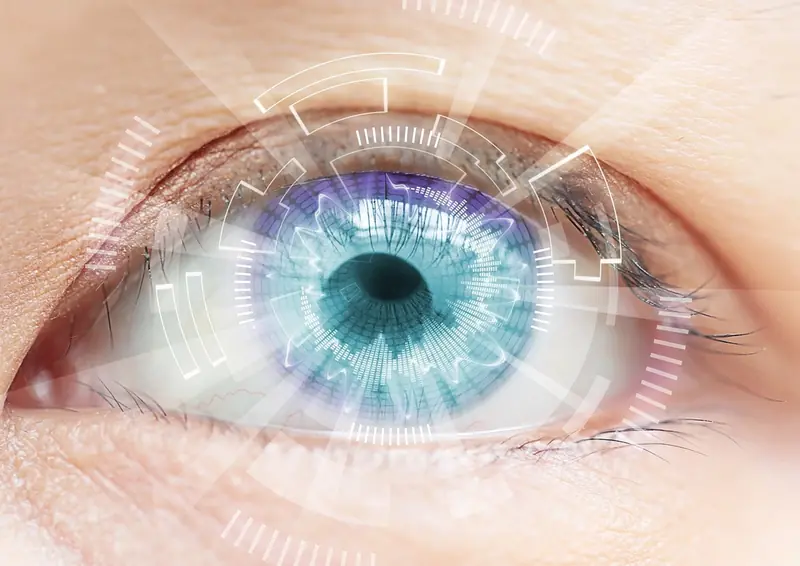
Ultraviolet radiation, genetics, and aging are the most well-known factors contributing to eye diseases, particularly cataracts, which affect around 94 million people worldwide. However, in recent years, scientists have identified another significant factor impacting vision: climate change.
A research team from the universities of Malaga and Granada, along with the La Axarquía region hospital, studied the effects of global warming on eye health. Here’s what they discovered.
What Did the Scientists Learn?
The Earth is getting hotter. In 2024, the average surface temperature of the planet reached the highest level recorded in history. Meanwhile, researchers noted that a body temperature of 40 °C can lead to heatstroke—a condition that disrupts biological processes throughout the body.
According to the lead author of the study, ophthalmologist Lucia Echevarría-Lukas from La Axarquía hospital, heatstroke damages the natural protective systems of the eyes, which typically counteract the accumulation of harmful molecules.
The lens of the eye is made up of crystalline proteins that are responsible for its transparency. However, in hot conditions, the lens cannot regenerate these proteins. The longer a person is exposed to high temperatures, the greater the risk of developing cataracts, as reported by Science Alert.
Extreme Temperatures and UV Radiation
During a decade-long study conducted in southern Spain, the team found that an increase in annual temperature by one degree Celsius adds 370.8 cases of cataracts per 100,000 residents. While the average age for the onset of cataracts is 60 and older, this condition has frequently been diagnosed in individuals aged 15 to 49. This trend was particularly pronounced in regions where most of the population works in agriculture.
According to Echevarría-Lukas and co-author Professor José María Sensiales González from the University of Malaga, another contributing factor to the rise in eye diseases is the increased exposure to ultraviolet radiation.
This is partly due to human behavior, as people tend to spend more time outdoors in sunny weather. In certain regions of the world, such as Southern California in the U.S. and Costa del Sol in Spain, hot, dry winds draw moisture out of the air. This results in greater exposure to UV radiation, particularly affecting eye health.
Scientists state that UV radiation also generates reactive oxygen species that can damage the lens of the eye.
What Have Other Researchers Reported?
Climate change is increasing the incidence of other eye diseases as well. These include keratitis (inflammation of the cornea), pterygium (growth of fleshy pink tissue on the white part of the eye), and conjunctivitis (inflammation of the clear membrane covering the eye).
This was reported by British ophthalmologist Yi Lin Wong, author of another study published last year in the Journal of Climate Change and Health.
Wong’s research involved approximately 60,000 residents of Urumqi, located in northwestern China. The study found that even at a temperature of 28.7 °C, the risk of developing conjunctivitis increases by about 16 percent.
According to ophthalmologist Malik Kahuk from the University of Colorado School of Medicine, longer plant blooming seasons and increased mold growth—both phenomena associated with climate change—are leading to a rise in allergy-related conjunctivitis cases.
Meanwhile, droughts, which accompany global warming, are a key cause of food shortages, leading to deficiencies in essential nutrients such as copper and vitamins B12, B1, and B9. This negatively impacts eye health, particularly weakening the optic nerve. During droughts, people often use contaminated water, which also increases the risk of eye infections.
How to Protect Your Eyes from Climate Change?
For those working outdoors, it’s crucial to provide opportunities to stay in the shade and take frequent breaks to cool down. This is the view of Jesús Rodrigo Comino, a geographer from the University of Granada and co-author of the Spanish study. He also recommends wearing a wide-brimmed hat to shield the eyes and sunglasses with UV filters that “provide 38 percent more protection.”
On a global scale, the key to protecting eyes lies in reducing greenhouse gas emissions and ozone-depleting chemicals, which typically increase UV exposure.
